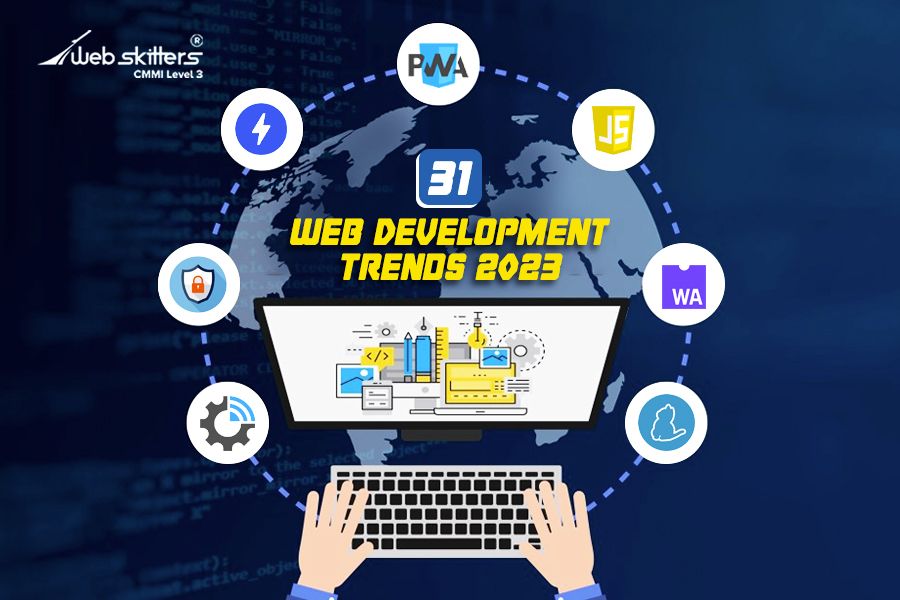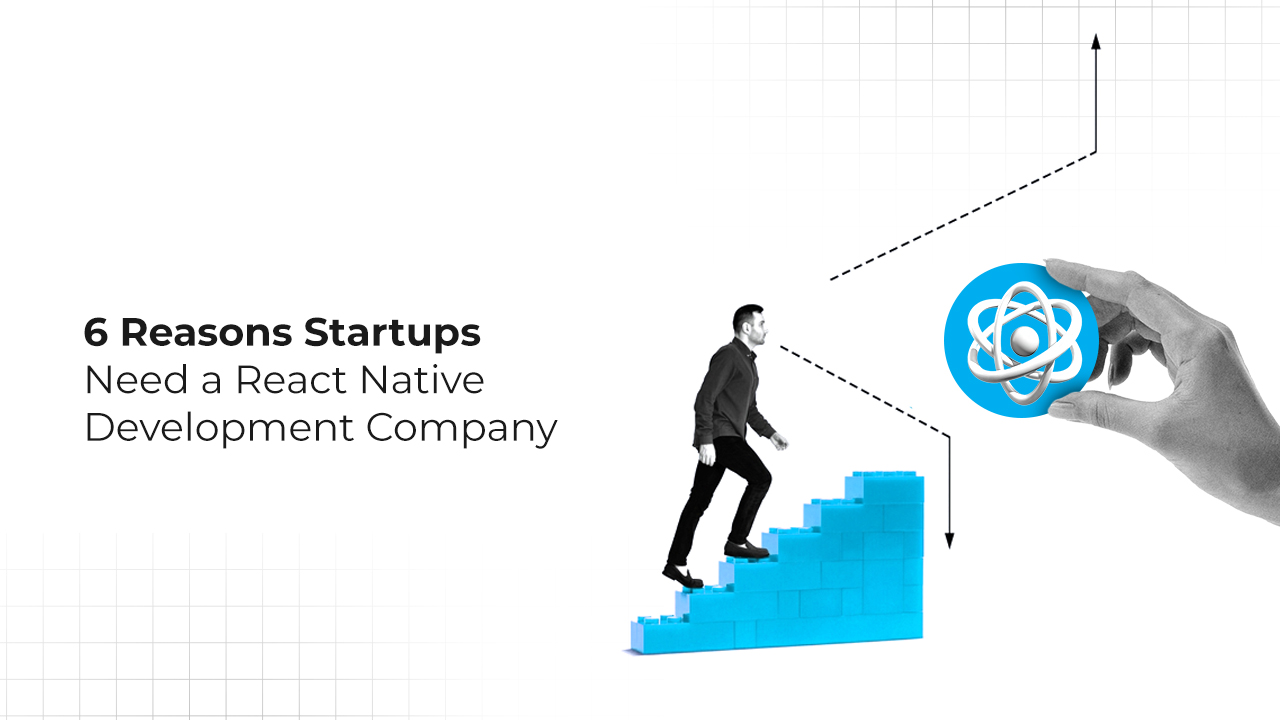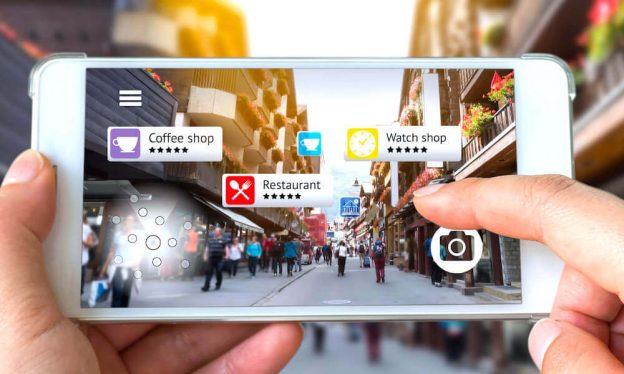
Best Tools For Your Augmented Reality App
AR (Augmented Reality) Technology is an expansion of our physical world, which adds digital information layer onto it. In today’s tech world there are some extraordinary inventions like Virtual Reality (VR), Mixed Reality (MR), Augmented Reality (AR), which have set a revolution in the market. Businesses are being developed based on these ultra-sensitive technologies. However, there is a belief that these newly invented technologies can only be used as a medium of entertainment, however, developers have set an example by utilizing these technologies in business and other marketing fields. Interestingly, Unlike VR (Virtual Reality), AR does not build an artificial environment altogether. As the name suggests it has the capacity to replace the real world with the virtual one. Augmented Reality comes up in a direct view of any existing reality and adds extra ornamentations to that, for example, sounds, videos, and graphics to a real environment. It has the capacity to change the perception of reality with the help of superimposed computer-generated graphics, images and sound.
The term ‘Augmented Reality’ was coined in 1990, and first, it was used for commercial purposes in television and military. With the upsurge of the internet and smartphones, augmented reality rolled out as one of the finest and modern technologies and is highly related to interactive concepts. 3D models are designers and projected based on physical things or sometimes mixed together in real-time. Without even realizing some of the augmented reality apps have greatly altered our habits and impacted the social life and entertainment industry. With the help of GPS of your device, AR application connects digital animation to a specific ‘marker’. The process of augmentation happens in real-time within the circumstances of the environment, for instance updating regular score to a live sports event.
From around 2011 Augmented Reality Applications have witnessed an upsurge in the tech world. There are a plethora of products that were being launched based on this technology and it did hit the market. In 2015 Microsoft launched two technologies an augmented reality goggle which has a lot of sensors to display HD holograms (Windows Holographic and HoloLens). In 2016 Pokemon Go game was launched for mobile devices by Niantic. The market of this game app across around $2 million within a week which set an outstanding record.
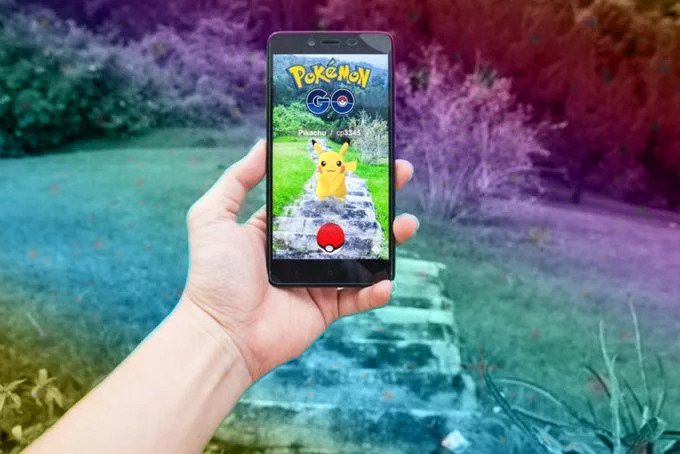
Do you want to know How does AR work?
Technologies like simultaneous localization and mapping (S.L.A.M), depth tracking, etc. are used to build this superior technology. These listed components are used to develop AR:
Cameras and sensors: These are incorporated to collect data of user interactions and to send for processing. Cameras are used to scan the surrounding, and this information is put together to generate 3D models.
Processing: Just like a computer an AR device requires CPU, GPU, GPS, Bluetooth/WiFi, flash memory, etc. to measure direction, agility, angle, and so on.
Projection: It collects data from sensors and projects digital results of processing onto a surface.
Reflection: A few AR Devices have mirrors to help human eyes to watch virtual images. This reflection category is added to build exact image alignment.

Various Applications of AR
AR may complement daily human activities in a number of ways. The most popular AR applications are gaming however, it can provide extraordinary service in other fields also. Business applications fused in Augmented Reality can establish better user engagement and retention. It also improves brand awareness and sales. The superior features can help the customers to make wise decisions while purchasing anything, by providing product-related data with 3D models of different sizes and colors. So, in a way, both parties get extra benefits through this, Developers have adopted this new technology to build high-performance apps that provide better user experience and sale. Real-estate businesses can also implement this technology to provide the customer with astounding benefits like 3D tours of apartments and houses. Although Augmented Reality as a technology has been so far used in entertainment forum, it can also be implemented in platforms like healthcare, e-commerce, architecture, and many more. Other potential fields of Augmented Reality include:
Industrial Design: To calculate and visualize the model.
Medicine and Healthcare: To diagnose, monitor, localize, etc.
Military: To advance navigation, real-time marking objects.
Tourism: Data on direction, sightseeing objects, navigation, etc.
Broadcasting: To enhance live event and streaming.
According to a recent report, the market of AR and VR is going to reach at least $215 billion if not $300 billion in 2021. It has already taken the attention of big corporations such as Google, Facebook, Apple, etc. As a developer or as a business-person you need to know the interior of AR apps, how they are developed and what functionality you should incorporate to surge your business growth. First, take a look at what kind of AR apps exist in our market.
Existing Augmented Reality Applications
Marker-based application: The AR apps based on image recognition are called the marker-based application. In those applications, there are markers to display content. To visualize the augmented components, you got to point your camera on the marker’s position. The app overlays the data, once it recognizes the marker. Meanwhile, you will see the augmented object on your device. These apps are basically very popular in advertising.
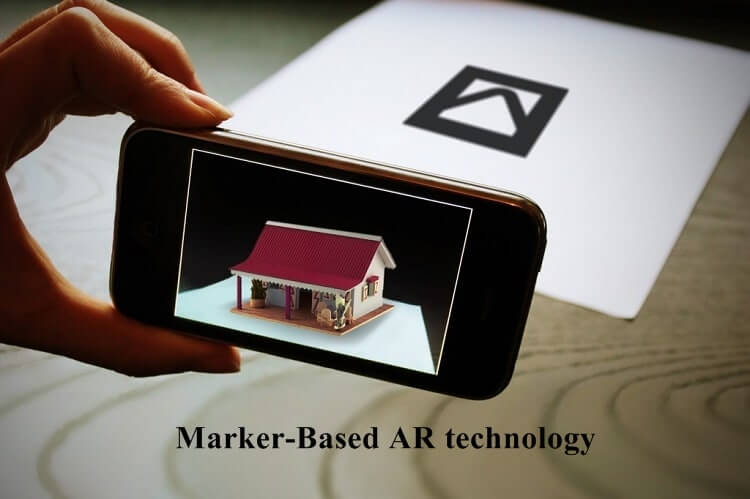
Location-based AR Apps: The AR apps which do not have markers are called location-based AR apps. They basically function with the help of your device’s GPS, or digital compass and then overlay the augmented reality product in real places. Among all the location-based AR apps, Pokemon Go is the most famous.
These apps have the capacity to deliver a notification to the consumer on the basis of their location to give new Augmented reality content to a given place. For instance, a location-based app can give you a recommendation about the best restaurants near you and guide you yo reach there. Or, an application can aid you to find your car, inside a huge parking place using your GPS connectivity.
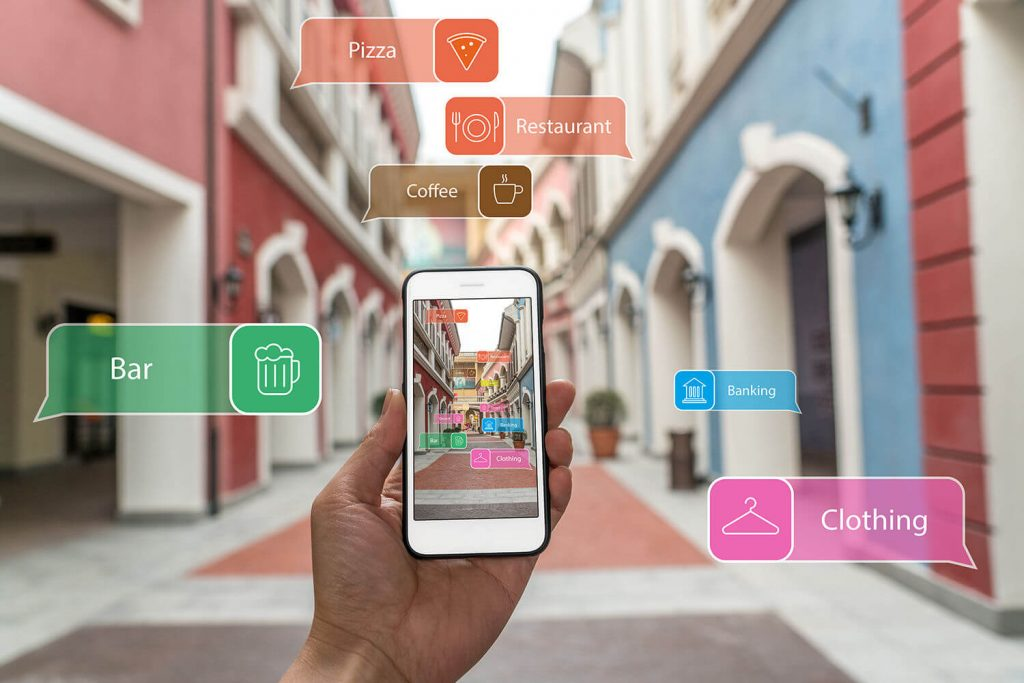
You should consider these factors to choose an AR SDKs
Choosing the right SDK that suits your app best is a very vital decision to make. You have to list the feature you want to incorporate in your app. Before you choose the proper software development kits you must consider a few things.
Cost
It is a vital point as it decides the quality of your app. If it is the first time you are planning to execute AR then you must choose free open-source Augmented Reality SDKs, it is open to contributing and can be enlarged with new features. Most of the paid Software Development Kits offer several pricing plans to depend on the users’ requirements. Building a high-functionality app with large content requires a commercial license.
Image Recognition
this part is quintessential to build an AR app. It allows identifying objects, images, and places. In the case of smartphones, it takes a camera, and for other devices, it takes, camera along with artificial intelligence (AI) software to track and images which later be overlayed with animations, HTML content, sound, etc.
Unity Support
Unity support is an essential factor in terms of developing computer games. It can be utilized to make AR apps with some special and powerful effects. Multipurpose tools like Unity gives you an idea to implement both the cutting-edge experience or, you can expand the more conventional idea.
SLAM (Simultaneous localization and Mapping)
Simultaneous Localization and Mapping is an algorithm that calculates the environment where users are located. On the basis of that, they track theirs over movements. SLAM integrated AR apps can recollect the position of physical objects within the specific environment and place the virtual objects on the basis of the previous position and movements. It has great potential power and can be implemented in different types of apps, even other than AR apps.
OpenSceneGraph
It is an open-source 3D application programming interface or toolkit. Developers use it in computer games, scientific visualization, and modeling.
Geolocation
If you are aiming to build a location-based application, then GPS is the fundamental support you have to integrate. It must be supported by the AR tools that you are heading towards.
Tracking
Tracking and 3D image recognition is another important feature you need to look at any AR SDK. These features can enlarge a lot of functionality of AR apps. It can understand and expand large spaces around the user within buildings like shopping malls, airports, etc. This technology is popularly used in mobile games and e-commerce apps.
Cloud Support
It is a wise decision to make whether all data will be stored in the cloud or a local. If you are planning to target a large audience then choosing a cloud for data storage will be the right decision, as storing locally can be more costly, otherwise, your app will be using the local storage of the users’ device.
Internal Storage
There are many AR apps which use internal storage location to store important data. If you target a selective audience to use your app then you can use internal storage. However, in the case of a large audience, this idea may fail to serve your purpose.
Platform
All Augmented Reality toolkits are supported in the iOS and Android platforms. However, the toolkits compatible with macOS and Windows is quite small. In that case, you can build your AR app for Windows devices or smartphones using the AR development kit, supporting the UWP or Universal Windows Platform.
Now let us have a look at the best Augmented Reality Software Development Kit for your Mobile Application
Once all the possible features are clear to you, do not waste any time for other discussions. Let us hit on the point directly. So, here I will let you know the best development Kit you can use to build your AR App.

Compatible Platforms: Android, Smart Glasses, Windows, iOS, macOS, and Linux.
Cost: Free.
Features
- Supports Dual and Single Camera.
- GPS and Compass Supportable.
- Available in Multiple Languages.
- Auto Camera calibration.
- OpenSceneGraph and Unity 3D is supportable.
Apple ARKit

Platform: Specific Apple Device.
Cost: Free.
Features
- VIO (Visual Intertial Odometry) allows accurate tracking.
- Very advanced face tracking for face effect and building expression of 3D characters.
- Tracking even in a light level environment.
- It can detect horizontal planes and undulating surfaces.
- It can integrate with a third-party tool.
Wikitude

Compatible platforms: Smart Glasses, iPhone, Android.
Cost: Pro-version- 2490 euro (per year), Pro3D- 2990 euro (per year), Cloud- 2290 euro (per year).
Features
- 3D Recognition.
- Tracking.
- Cloud recognition.
- Location-based services.
- It can integrate with external plugins.
Vuforia

Compatible Platform: Android, UWP, Unity, and iOS.
Cost: Free version, Classic version- $499, Could-$99 (per month) for commercial use.
Features
- Offers Unity Plugin.
- It creates a 3D geometric map.
- Creates customized VuMarks.
- Convert static images into a full-motion video.
Maxst

Compatible Platforms: iOS, Mac OS, Windows, and Android.
Cost: Free version, Pro-version one-time price- $499, Subscription price- $599 (per year).
Features
- It can do localization and tracking.
- QR and barcode scanning.
- Unity plugin integration.
- Saves file creating visual SLAM to provide 3D objects.
- Tracking and placing digital objects.
Google ARCore

Compatible Device: Specific Android devices like Samsung Galaxy S7-S8+, Samsung A5-A8, Google Pixel, Pixel XL, Pixel 2, Samsung A5-A8, Note8, OnePlus5, etc.
Cost: Free.
Features
- Works with Java/OpenGL.
- Motion tracking.
- Understanding of Environment.
- Estimation of light.
I think it is needless to say that, augmented reality is the future. This trendy technology has fueled competition among the top technology trends. Developers are trying to implement these advance toolKit to make their applications even better. Witnessing the rapid growth and its unique functionalities business-person are also shifting their ideas from the general all-purpose app to a unique app, where the user experience is unthinkable. Developers has a wide variety of choice of AR toolKit to build market-based and location-based applications. If you want to follow this trend first thing you should do is pick the best suited AR software development kit which will serve your purpose. I hope that this blog has enriched you enough to start your first AR app to give your business ideology a new dawn.
Header Image Source: https://bit.ly/2NKN9AG

 Ecommerce Development
Ecommerce Development 